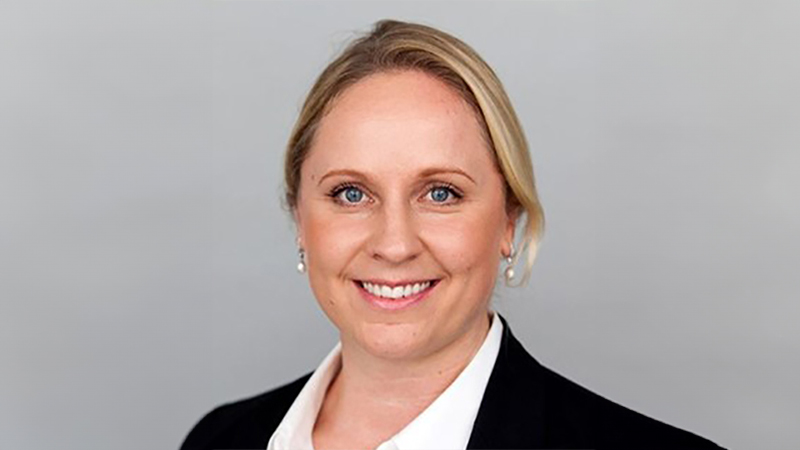The most immediate challenge for fund managers is the introduction of the Key Investor Information Document. Although the UK has adopted the ‘grandfathering’ provision until 30 June, 2012, many prudent fund managers have already started to implement this change.
The KIID will take the form of a two-page document, setting out key features and objectives of the fund to enable a potential investor to understand its operation and possible associated risks. To achieve consistency across all Ucits, the European Commission, together with the European Securities and Markets Authority, has agreed a format for the KIID, under the following five categories:
- objectives and investment policy;
- risk and reward profile;
- charges;
- past performance;
- practical information.
One KIID should be produced per Ucits fund, per share class. They are to be updated annually, although additional updates may be necessary during the course of the year, for example, if there are fundamental changes to the investment objectives.
The degree to which fund managers will be affected by this new requirement will depend heavily on the number of UCITS they manage and the number of share classes within those funds. Each KIID must be translated into the languages of the countries in which the share class is distributed. A crude calculation based on a fund house that operates ten funds, with ten share classes, in ten Member States, demonstrates a burdensome requirement to produce 1,000 KIIDs per year.
Huge expense
It may be feasible to produce just one KIID that deals with all share classes but this will be virtually impossible to achieve within the prescribed two-page format and will have the effect of complicating the information shown, thereby defeating a key objective of the new requirement.
The European Commission has acknowledged that this is "an ambitious and complex project". The requirement to produce KIIDS has the potential to be the most expensive consequence of the new UCITS regime; both in terms of financial and other resources and, ultimately, these costs will be borne by the investor.
Nonetheless, there are a number of opportunities to be taken advantage of under the new legislative framework of Ucits IV. Firms and fund managers will need to conduct careful reviews of their existing business models against the level two measures to ensure their implementation of the new rules is efficient and effective.









